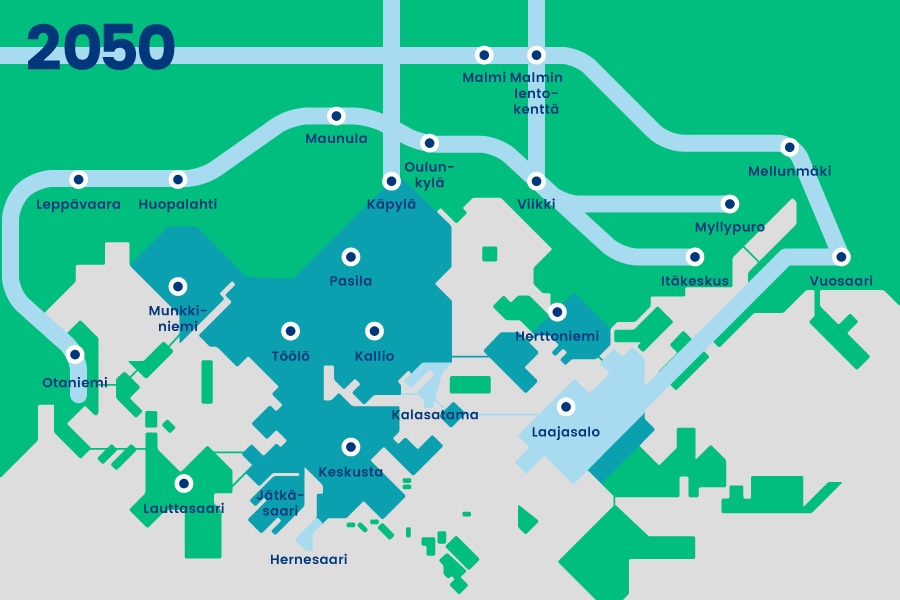Design stories from Helsinki: The future of trams

Helsinki’s tram system will change radically in the coming years. It needs to be expanded upon without solely relying on engineering jargon.
Helsinki’s tram system will change radically in the coming years. It needs to be expanded upon without solely relying on engineering jargon. Helsinki Design Weekly presents the best bits of ‘Design stories from Helsinki’.
If Helsinki were given its own sound, it would be the clatter of a tram. The first trams in Helsinki ran in 1891 and were pulled by horses.
Nowadays when searching for an apartment, many people mention that they want to live within a tram network. At their best, tramlines are easy to grasp and create strong routes in a city, which are simple to use without a map.
A huge amount of technical details and expert knowledge are behind the tram system reforms, but traffic engineers tell about their plans with the help of visualisations and by discussing them in non-technical terms.
Just as when designing a good chair, in information design too you have to think about the user.
“At the same time, it is important to understand and interpret information on a human scale. It is not enough that information is merely visualised; instead you have to discover something meaningful from it,” says Aalto University’s Professor of Graphic Design, Zachary Dodson.
An urban resident might not be interested by the fact that increasing the speed of trams requires a range of improvements to the tracks, traffic lights and partitioning of street environments. What is interesting is that he will arrive five minutes earlier. Let the engineer take care of the rest.


Read the full article by Annaliina Niitamo here. Photography by Jyri Öhman, Mari Huhtanen & Vilja Pursiainen.
Design stories from Helsinki presents real stories about how to build design-driven cities. It is produced by International Design Foundation’s Design Driven City project and the City of Helsinki Economic Development division.